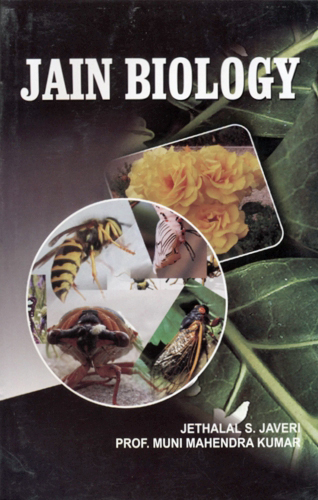The root is the descending organ which grows towards the soil and fixes the plant to the soil from which it absorbs nutrition for the plant. The primary root grows downwards to form the main root called the tap root. From the main root are produced lateral roots secondary roots - which branch further into tertiary roots. All these form the tap root system. Roots that grow from any part of the plant other than the radicle are called adventitious roots.
The normal functions of a root are:
- to fix the plant firmly to the soil
- to absorb raw food material (water & minerals) from the soil through the root hairs.
Many roots store food in the form of carbohydrates. They assume definite shapes, as in carrot, beet etc. When adventitious roots store food, they are called tuberous roots as in potato etc.
Some adventitious roots arise above the ground from the stem and are called aerial roots. Some of them are: clinging or climbing roots; stilt or prop roots; columnar roots—as in a banyan tree.
Epiphytic roots: Plants which grow on other trees without taking any food from them are called epiphytes. Their roots grow into spaces of the host tree and fix the epiphyte to it. Some roots hang freely in the air and obtain nutrition from the atmosphere.
Parasitic roots or Haustoria: Plants which not only grow upon other plants but take food from them by sending sucking roots called haustoria (haurire drain), are called parasites. Total parasites obtain all their food from the host plant, while partial parasites take only water from it but prepare their food with the help of green leaves. They are attached to the roots or the stem of the host tree. [Note: compare this with 'vṛkṣayonika' trees as described in Sutrakṛtāṅga Sūtra].
In some plants—beans, peas, etc.—soil bacteria (Rhizobium) enter the root and fix the free nitrogen of the air and make it available to the plant. In return, the plant supplies food and shelter to these bacteria. This relationship is called symbiosis.
 Jethalal S. Zaveri
Jethalal S. Zaveri
 Prof. Muni Mahendra Kumar
Prof. Muni Mahendra Kumar

